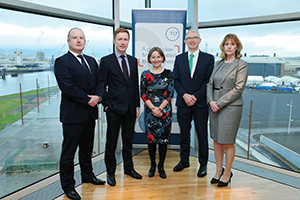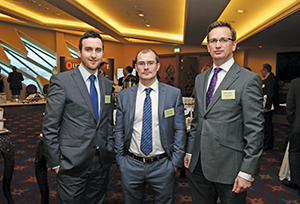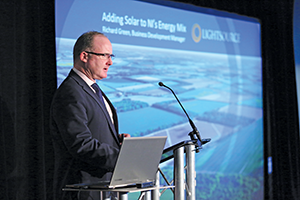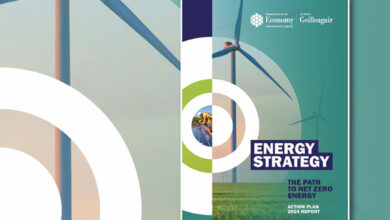Energy and Environment
Northern Ireland renewables conference
Northern Ireland Renewables Conference

The annual Northern Ireland Renewables Conference took place in Titanic Belfast recently. It brought together key stakeholders from across the energy sector to discuss the uncertainty facing the energy market and the future for the local renewable energy industry. The event, supported by TLT Solicitors and Lightsource Renewable Energy Limited, was attended by around 100 delegates who listened to a high level panel of speakers throughout the morning.








